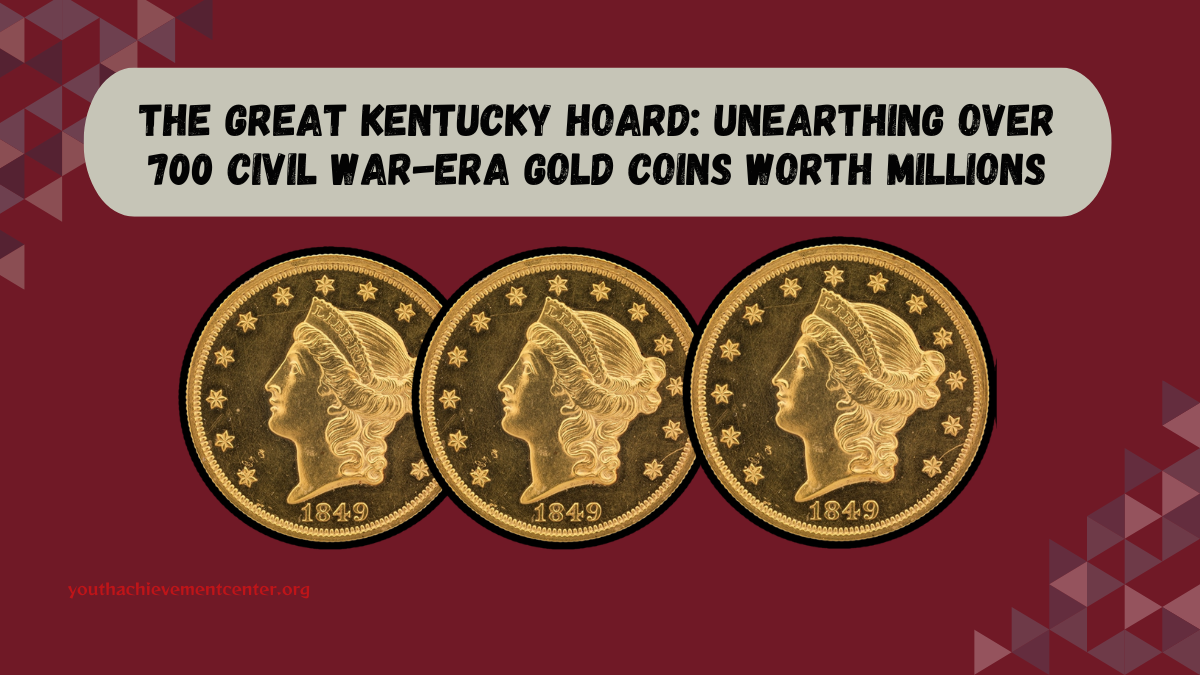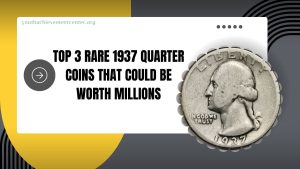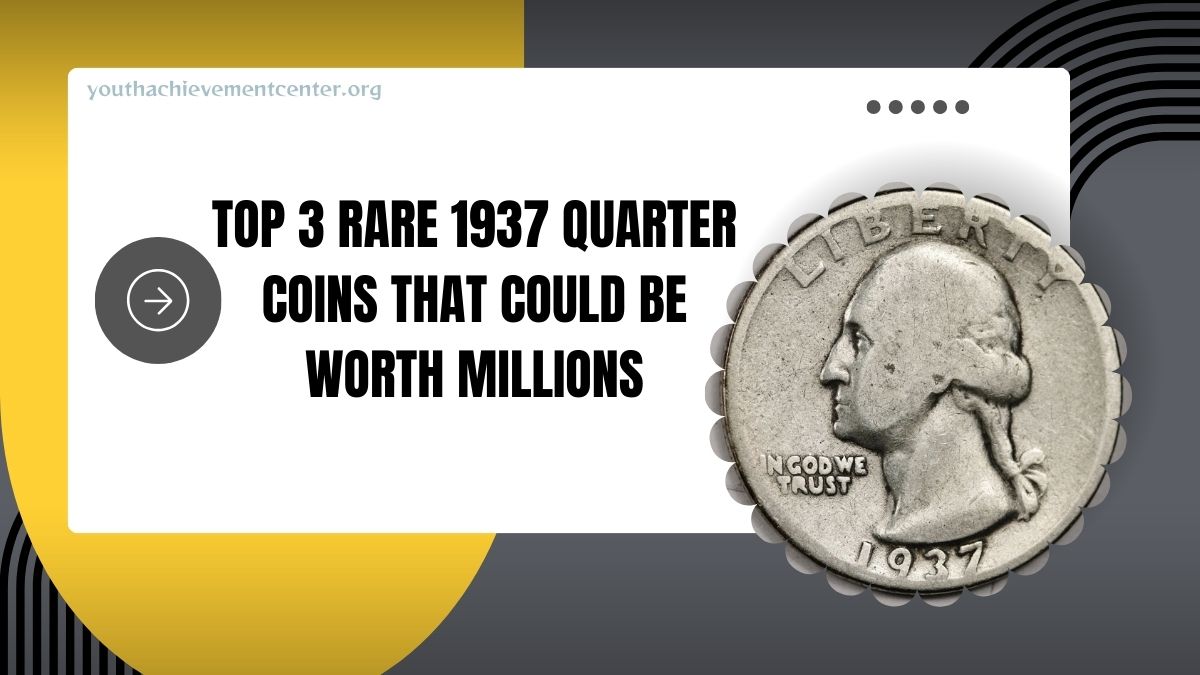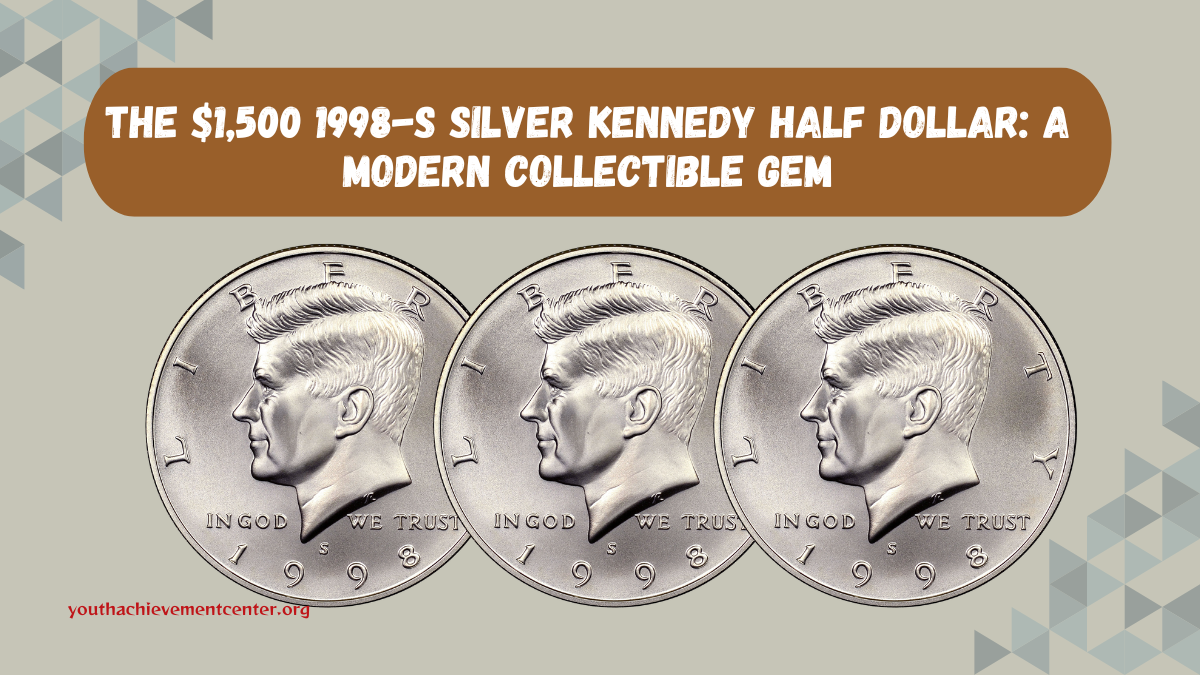In a remarkable find, over 700 Civil War-era gold coins, collectively known as the “Great Kentucky Hoard,” were unearthed in a Kentucky cornfield. This discovery offers a tangible link to a tumultuous period in American history.
Discovery of the Hoard
The hoard was discovered by an anonymous individual on their property in Kentucky. The exact location remains undisclosed to protect the site and the owner’s privacy. The coins were found buried in the ground, some still encased in remnants of a cloth bag, with one coin showing damage from farm equipment.
Composition of the Hoard
The hoard comprises over 800 coins, including more than 700 gold pieces. The collection includes:
- Gold Dollars: Predominantly Type I, II, and III variants minted between 1854 and 1862.
- Liberty Head Eagles ($10 coins): Dating from 1840 to 1862.
- Liberty Head Double Eagles ($20 coins): Minted between 1857 and 1862.
- 1863 Double Eagles: Eighteen coins from the Philadelphia Mint, representing the latest dated pieces in the hoard.
Historical Context
The latest coins in the hoard date to 1863, during the height of the American Civil War. Kentucky, a border state with divided loyalties, declared neutrality in May 1861, though this stance was frequently violated. Wealthy residents often buried valuables to prevent confiscation by either Union or Confederate forces.
The timing of the hoard’s burial suggests it may have been concealed in anticipation of Confederate General John Hunt Morgan’s 1863 raid through Kentucky and into the Midwest.
Authentication and Significance
The Numismatic Guaranty Company (NGC) authenticated and certified the coins, noting several rare variants, including:
- 1862 Doubled Die Gold Dollars (FS-101): Three specimens.
- 1861 Gold Dollars with Medallic Alignment Imperfections.
- 1862 Gold Dollars with Re-punched Dates (VP-002): Two specimens.
The NGC encapsulated the coins with special labels denoting their origin from the Great Kentucky Hoard. The coins were subsequently made available for purchase through GovMint.
Composition of the Great Kentucky Hoard
| Coin Type | Date Range | Quantity | Notable Variants |
|---|---|---|---|
| Gold Dollars | 1854-1862 | Majority | 1862 Doubled Die (FS-101), Re-punched Dates (VP-002) |
| Liberty Head Eagles ($10) | 1840-1862 | 20 | |
| Liberty Head Double Eagles ($20) | 1857-1862 | 8 | |
| 1863 Double Eagles | 1863 | 18 |
Significance of the Find
This discovery is significant, providing insight into the economic conditions and personal security measures during the Civil War. The preservation and variety of the coins offer a unique opportunity for study and appreciation by historians and numismatists alike.
Conclusion
The Great Kentucky Hoard stands as a testament to the lengths individuals went to protect their wealth during one of the most challenging periods in American history. Its discovery not only enriches our understanding of the past but also ignites curiosity and excitement about the untold stories buried beneath our feet.
FAQs
What is the Great Kentucky Hoard?
It is a collection of over 700 gold coins from the Civil War era, discovered buried in a Kentucky cornfield.
Who found the Great Kentucky Hoard?
An anonymous individual discovered the hoard on their property in Kentucky.
Why were the coins buried?
During the Civil War, individuals often buried valuables to protect them from being confiscated by military forces.
What types of coins are in the hoard?
The hoard includes Gold Dollars, Liberty Head Eagles ($10), Liberty Head Double Eagles ($20), and 1863 Double Eagles.
What is the significance of this discovery?
The hoard provides valuable insights into the historical context of the Civil War era, particularly regarding economic conditions and personal security measures.







